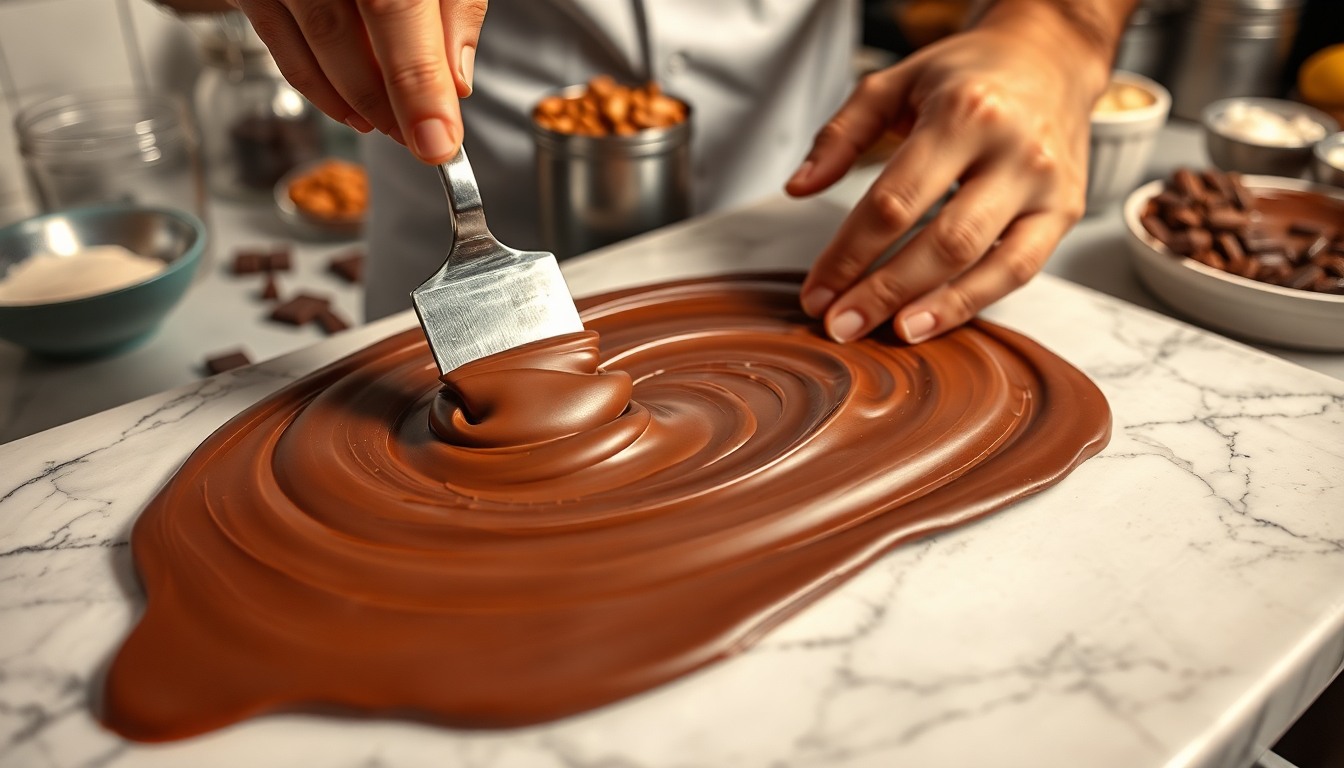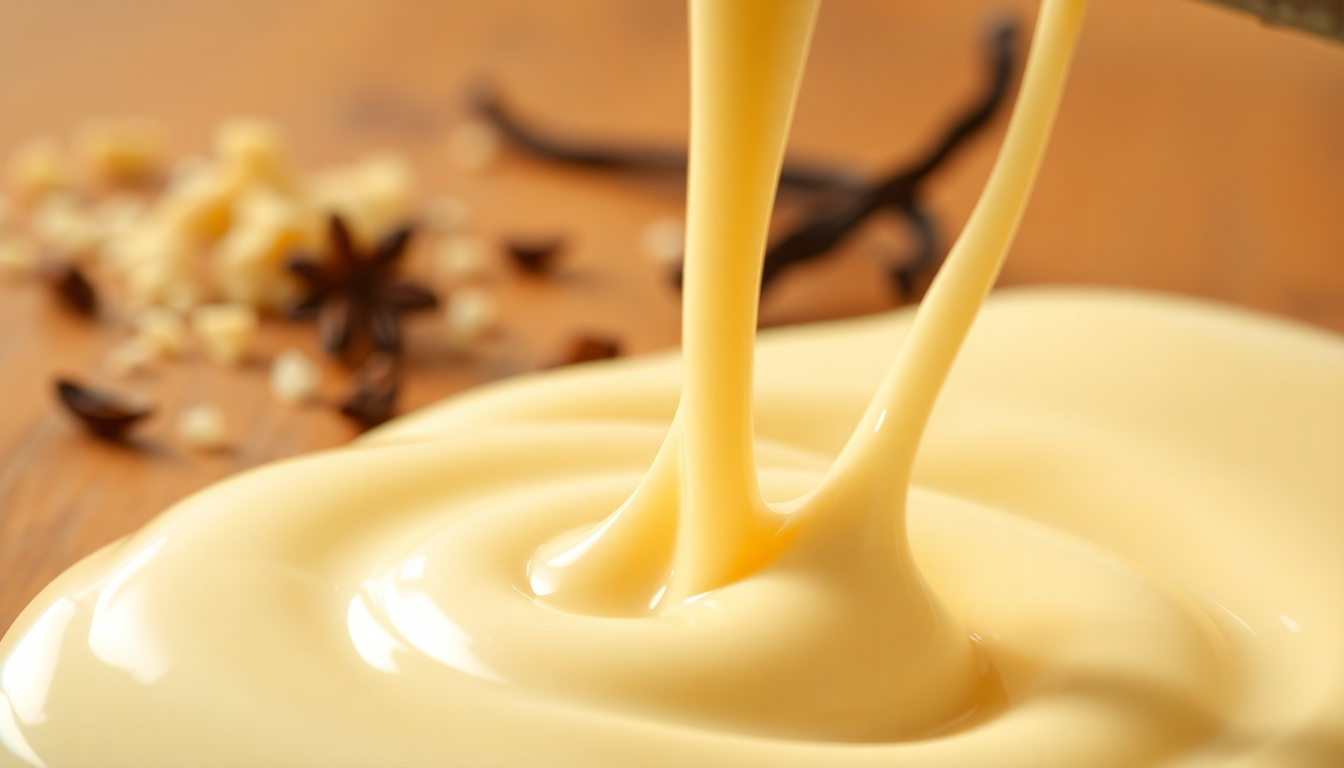
What Happens if a Dog Eats Chocolate?
What Happens if a Dog Eats Chocolate?
Understanding Chocolate Toxicity in Dogs
Okay, let's dive in. Most dog owners have heard that chocolate isn't good for dogs, but do you really know why? Chocolate is made from cocoa beans, and these beans contain a compound called theobromine. While humans can metabolize theobromine just fine, dogs struggle with it. This means that it can build up to toxic levels in their system, leading to potentially serious health problems. Whether it's a tiny piece of a cookie or an entire chocolate bar, what happens if a dog eats chocolate varies depending on their size and the type of chocolate ingested. Let's break it down further.
Symptoms of Chocolate Poisoning in Dogs
If your furry friend has managed to snag some chocolate, you need to watch out for signs of chocolate poisoning. Depending on the amount and type of chocolate consumed, symptoms can range from mild to severe. Mild symptoms might include vomiting and diarrhea. If your dog ingests a larger amount, you might see more severe symptoms like increased heart rate, restlessness, muscle tremors, or even seizures. In the worst cases, ingesting chocolate can lead to heart failure or coma. Each dog's tolerance can vary, so it's crucial to stay vigilant and reach out to a vet at the first sign of trouble.
Types of Chocolate: What's More Dangerous?
Not all chocolate is created equal when it comes to toxicity levels for dogs. The darker and more bitter the chocolate, the more theobromine it contains. This means that dark chocolate and unsweetened baker's chocolate are particularly dangerous, even in small amounts. Milk chocolate and white chocolate contain lower levels of theobromine, but that doesn’t make them safe. It's essential to remember that even a small amount of these chocolates can be harmful, especially for smaller breeds. Always err on the side of caution and assume any chocolate can be dangerous for your pooch.
What to Do if Your Dog Eats Chocolate
So, what should you do if your dog has gotten into the chocolate stash? First things first, don't panic. Take note of how much chocolate was eaten and what type it was. This will be crucial information for your vet. Call your vet immediately or contact an emergency animal poison control center. They will guide you on whether you need to bring your dog in for immediate care or if you can monitor them at home. In some cases, the vet might suggest inducing vomiting or administering activated charcoal to prevent further absorption of theobromine. Quick action can make a huge difference in outcomes, so trust your instincts and act swiftly.
Preventing Chocolate Mishaps
Prevention is key in ensuring your dog stays safe from chocolate toxicity. This means being mindful of where you store chocolate and other potentially toxic foods. High shelves, closed cabinets, and secure pantry storage are your go-tos. If you're baking or snacking, be extra careful not to drop even the smallest pieces on the floor. In households with kids, educate them about the importance of keeping chocolate away from the family dog. It's all about awareness and taking simple steps to safeguard your furry friend from these tasty but dangerous treats. And of course, always have your vet's contact information handy for those just-in-case scenarios.



Leave a comment
This site is protected by hCaptcha and the hCaptcha Privacy Policy and Terms of Service apply.